For centuries, rice has been a dietary staple across cultures, prized for its versatility and energy-boosting carbohydrates. But recent nutritional research has uncovered a fascinating transformation that occurs when cooked rice undergoes refrigeration – the formation of resistant starch. This discovery has sparked interest among health-conscious consumers and scientists alike, as resistant starch offers unique digestive benefits compared to regular starch.
When freshly cooked rice cools in the refrigerator, its molecular structure undergoes significant changes. The process, known as retrogradation, causes starch molecules to reorganize themselves into more crystalline structures that resist digestion in the small intestine. This altered form of starch behaves more like dietary fiber, passing through to the large intestine where it feeds beneficial gut bacteria rather than being absorbed as glucose.
The temperature window between 2-4°C (35-39°F) appears most effective for promoting resistant starch formation. This chilling range allows sufficient time for the amylose molecules in rice to realign into digestion-resistant configurations. Interestingly, the resistant starch content continues to increase for about 10-12 hours after refrigeration before stabilizing. The type of rice also plays a crucial role – long-grain varieties like basmati typically develop higher levels of resistant starch compared to short-grain or sticky rice varieties.
Moisture content significantly influences the resistant starch yield. Rice that's slightly drier tends to retrograde more effectively than overly moist preparations. This explains why fried rice made with day-old refrigerated rice often contains notably higher resistant starch levels. The reheating process after refrigeration further impacts the resistant starch content – gentle reheating preserves much of the resistant starch, while prolonged high heat can partially reverse the retrogradation process.
Nutritional studies have demonstrated that properly cooled rice can contain up to 2-3 times more resistant starch than freshly cooked rice. This has important implications for blood sugar management, as meals incorporating cooled rice typically produce lower glycemic responses. The fermentation of resistant starch in the colon also produces short-chain fatty acids like butyrate, which support colon health and may reduce inflammation throughout the body.
Practical applications of this phenomenon are gaining traction in meal preparation strategies. Many health-conscious cooks now intentionally prepare extra rice to refrigerate overnight for subsequent meals. Some traditional cuisines have unknowingly benefited from this process for generations – think of Asian rice salads or Nigerian jollof rice often prepared with cooled rice. Modern nutritional science is now validating these traditional food practices with biochemical explanations.
The resistant starch content in cooled rice remains relatively stable for about 3-5 days under proper refrigeration. Freezing cooked rice appears to further enhance resistant starch formation in some varieties, though the texture may become less palatable for certain dishes. As research continues, food scientists are exploring ways to optimize resistant starch development without compromising culinary quality, potentially leading to new food processing techniques or even specially formulated rice varieties bred for enhanced resistant starch potential after cooling.
While the health benefits are promising, it's important to note that resistant starch isn't a magic bullet. The overall nutritional profile of a meal, portion sizes, and individual digestive responses all play roles in determining the actual health impact. Nevertheless, the simple act of refrigerating cooked rice represents an easy, no-cost method to potentially enhance the nutritional value of this global staple food. As our understanding of gut microbiota and carbohydrate metabolism grows, such food preparation techniques may become increasingly incorporated into dietary recommendations for metabolic health.

By /Jul 24, 2025
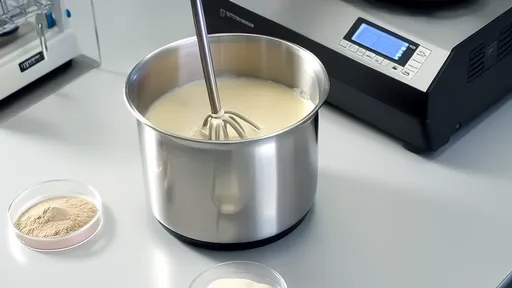
By /Jul 24, 2025

By /Jul 24, 2025

By /Jul 24, 2025
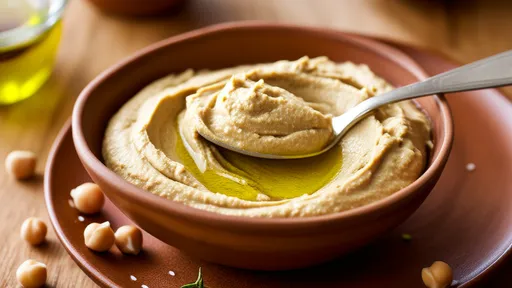
By /Jul 24, 2025

By /Jul 24, 2025
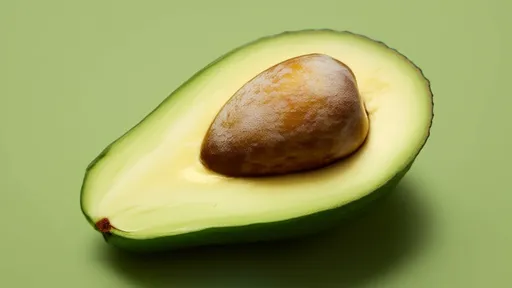
By /Jul 24, 2025
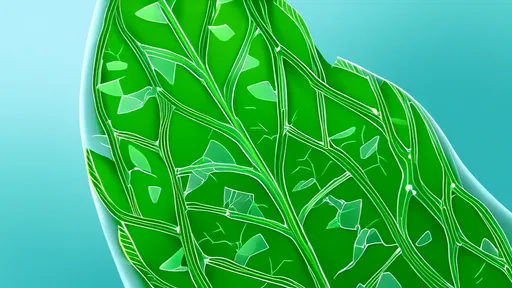
By /Jul 24, 2025

By /Jul 24, 2025
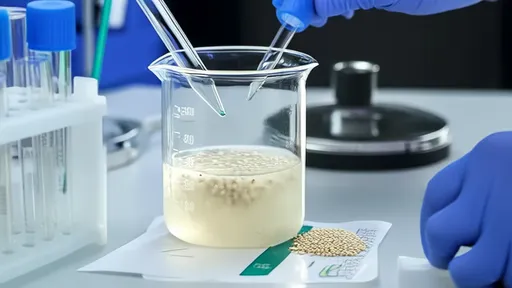
By /Jul 24, 2025

By /Jul 24, 2025

By /Jul 24, 2025

By /Jul 24, 2025

By /Jul 24, 2025
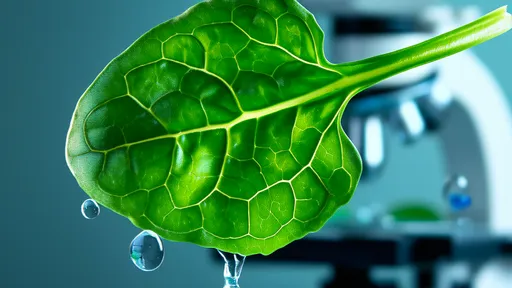
By /Jul 24, 2025
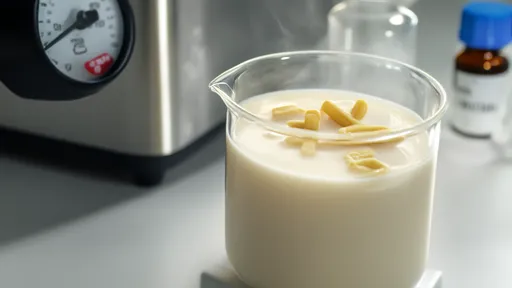
By /Jul 24, 2025

By /Jul 24, 2025
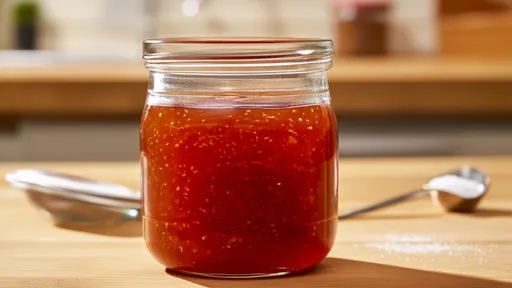
By /Jul 24, 2025

By /Jul 24, 2025

By /Jul 24, 2025